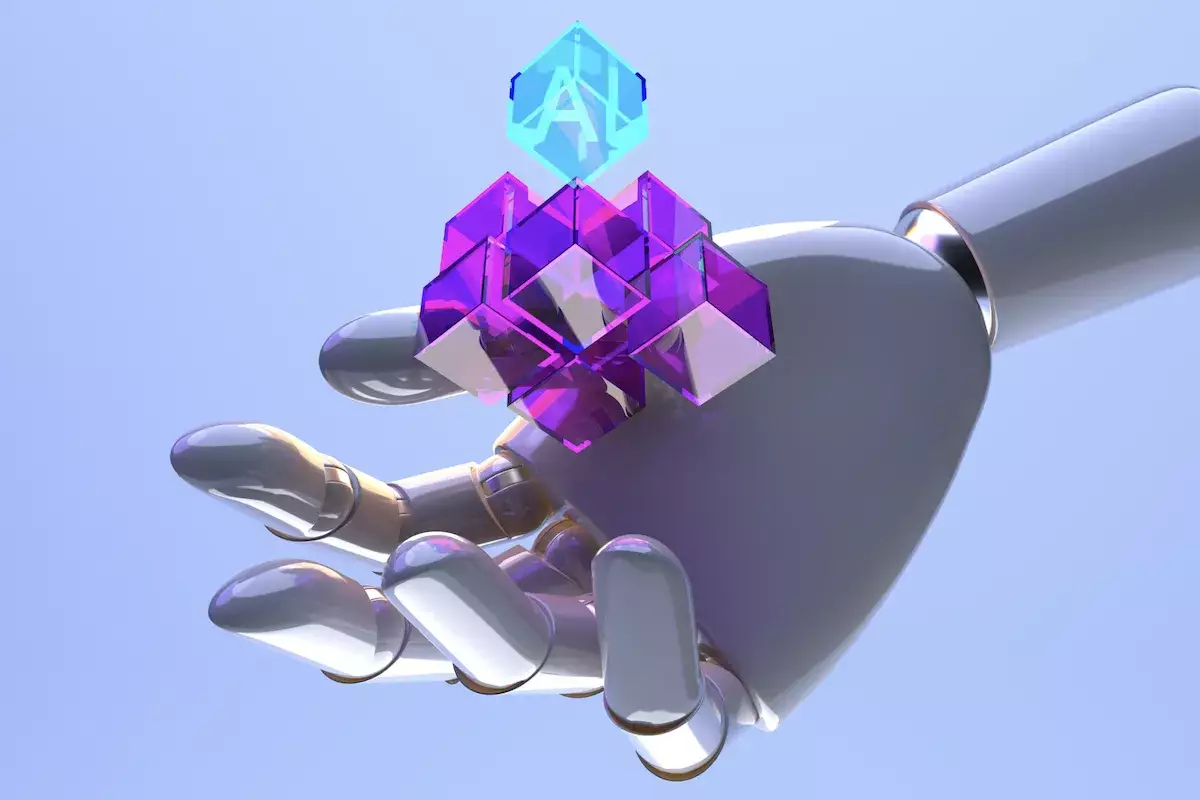In the rapidly evolving landscape of technology, the fusion of artificial intelligence (AI) with decentralized applications (dApps) is paving the way for innovative solutions that promise efficiency, security, and enhanced user experiences. AI dApps represent a leap beyond traditional software, offering a decentralized infrastructure that empowers users and enhances data interactions while minimizing reliance on central servers. This article delves into the key components of AI dApps, their benefits, and their implications for the future of digital engagement within the Web3 paradigm.
At their core, AI dApps are software applications that leverage the power of blockchain technology and AI capabilities. These applications function across decentralized networks such as Ethereum or Binance Smart Chain, allowing them to execute tasks without the constraints of a central authority. The integration of smart contracts—self-executing agreements encoded on the blockchain—enables these dApps to automate processes based on predefined conditions. As a result, users benefit from increased transparency and security, even while the underlying algorithms enhance the application’s responsiveness and adaptability.
Understanding AI dApps requires an examination of smart contracts, the heart of decentralized applications. Smart contracts are computer codes that facilitate and enforce agreements automatically, eliminating the need for intermediaries. When specific criteria are satisfied—like the transmission of digital currency—the smart contract takes action, whether it’s transferring assets or validating user identities. This automation streamlines transactions and reduces potential errors, thereby creating trust in decentralized environments. However, the true potential unfolds when smart contracts are augmented by AI capabilities that analyze data more intelligently, drawing insights that traditional contracts cannot.
AI dApps bring a multitude of benefits that can revolutionize how digital applications operate:
1. **Real-Time Analytics**: The integration of AI allows these applications to rapidly analyze substantial amounts of blockchain data, identifying trends and anomalies instantaneously. This is particularly crucial in domains like decentralized finance (DeFi), where dynamic market conditions necessitate immediate responses.
2. **Predictive Analysis**: Through advanced machine learning algorithms, AI dApps can provide insights into potential market movements and user behaviors. By anticipating changes, developers can better optimize resource management and enhance the overall platform experience.
3. **Natural Language & Image Processing**: AI capabilities extend beyond data analysis. Natural language processing (NLP) enables users to interact with applications more intuitively, while image recognition can facilitate security mechanisms, thereby improving user experience and content moderation.
4. **AI Agents**: An exciting aspect of AI dApps is the deployment of autonomous AI agents. These digital entities can act on a user’s behalf with minimal oversight—performing tasks such as executing trades or processing vast datasets. Smart contracts govern these agents, delineating their roles and limitations.
The increasing interest in AI dApps is evidenced by platforms like DappRadar, which tracks the performance and usage of blockchain applications. Recent data suggests that approximately 8.5% of active wallets have interacted with AI dApps, surpassing more established categories such as SocialFi. Noteworthy projects include LOL, which rewards users for genuine laughter captured by AI, and Dmail Network, which employs AI for enhanced privacy in email communications across blockchain systems.
As more decentralized applications emerge, the implications for various sectors are significant. From gaming and healthcare to supply chains and finance, businesses can harness AI dApps to streamline operations, protect data, and enhance decision-making frameworks.
Looking ahead, the potential for AI dApps to transform the digital landscape is immense. With ongoing advancements in AI and blockchain technologies, we can anticipate increasingly sophisticated applications being developed. Sectors traditionally laden with bureaucracy and inefficiency stand to benefit immensely from adopting AI-driven decentralized solutions. As these technologies converge, a collaborative ecosystem may emerge, empowering users to reclaim control over their data while participating in a fairer value exchange.
Moreover, innovations in cryptographic techniques, such as zero-knowledge proofs, promise to bolster user privacy and data sovereignty in a decentralized framework. The implications are clear: AI dApps could forge a new era of digital engagement where trust, transparency, and equitable participation are at the forefront.
AI dApps signify a progressive shift within the digital landscape, combining the strengths of blockchain and AI to create a more efficient, transparent, and user-centric environment. As these applications evolve and gain traction, they herald a new era of decentralized interaction, one that not only enhances operational efficiency but also fosters user empowerment and community collaboration. The convergence of these technologies promises to redefine digital engagement in the Web3 ecosystem, setting the stage for a future built on decentralized principles and intelligent automation.

